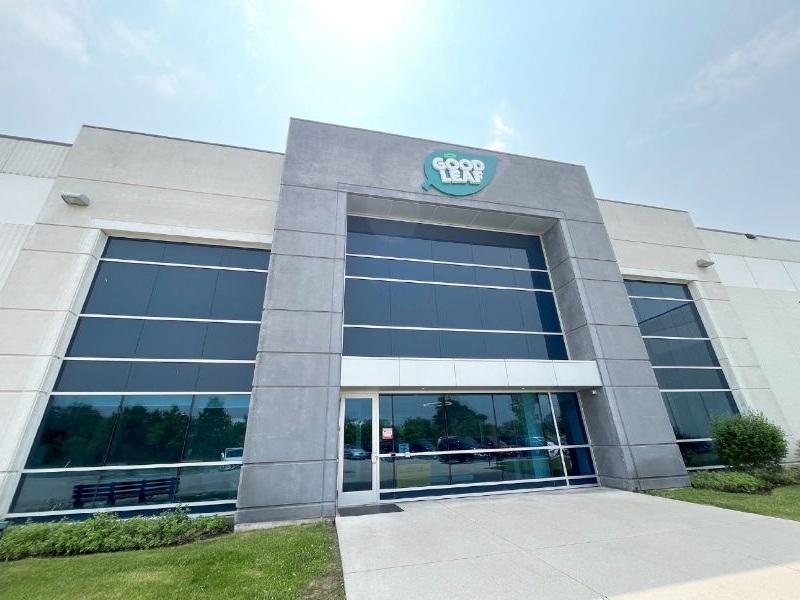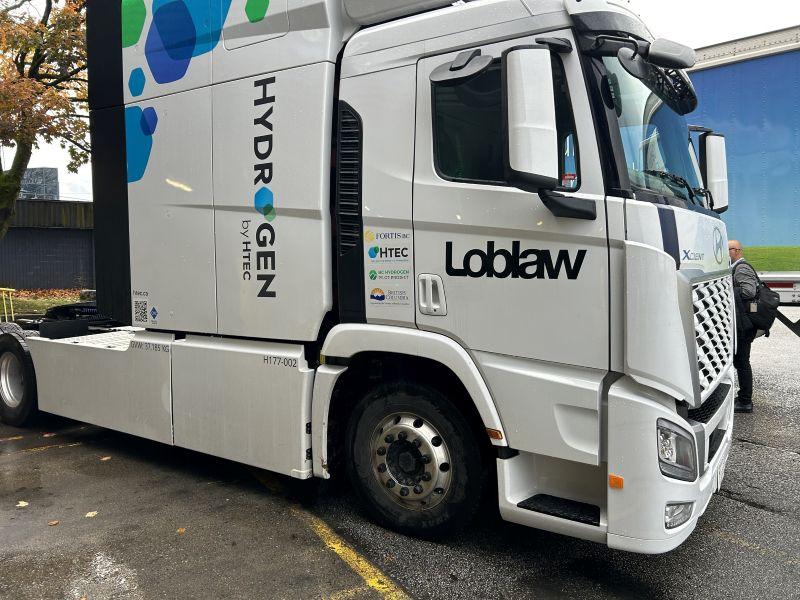
iA Financial Group (IAG-T), a Quebec City-based company offering insurance and wealth management, says it has initiated new greenhouse gas reduction targets related to the firm's real estate and public corporate bond portfolios.
“The reason why we changed our targets this year is because we want to go a step further than what we’ve already done. We want to do more,” Marie-Annick Bonneau, vice-president of investor relations, capital management, sustainability and public affairs at iA Financial, told Sustainable Biz Canada.
Its original target set in 2020 called for a 20 per cent reduction in greenhouse gas (GHG) emissions per employee by 2025, from a 2019 baseline. Bonneau said the company is on track to meet that target, but declined to provide specific figures.
Now, iA Financial is seeking a 60 per cent reduction in the GHG emission intensity of its Canadian real estate holdings by 2035, and a 40 per cent reduction in the carbon intensity of its public corporate bond portfolio by 2035.
iA Financial’s real estate portfolio, valued at $1.7 billion as of Sept. 30, 2022, holds 35 buildings across Canada totalling approximately six million square feet.
Buildings in the portfolio include Édifice Marly in Quebec City, Queen’s Quay Terminal in Toronto and 988 West Broadway in Vancouver.
Addressing real estate emissions
As of Dec. 31, 2022, iA Financial reports its real estate portfolio emitted approximately 10,000 tons of carbon dioxide equivalent, accounting for its Scope 1 and 2 emissions. The company's emissions data comes from its 2022 Sustainability Report.
The target for its real estate portfolio is based on the Carbon Risk Real Estate Monitor and addresses the tons of carbon dioxide equivalent emitted per square metre of a building.
Bonneau said iA Financial’s strategy will revolve around committing to “something that we will be able to execute.” This entails examining its portfolio and identifying the highest-emitting buildings. iA Financial can then prioritize these high emitters for decarbonization, she explained.
Examples of solutions include improving energy performance, upgrading the air conditioning systems, installing high-performance windows and powering a building with clean energy if necessary and feasible.
Taking on its investment portfolio
iA Financial’s target for its public corporate bond portfolio covers $13.5 billion of its $27.1 billion total.
For Scope 3 emissions attributed to its investment portfolio, iA Financial reported 458,688 tons of carbon dioxide equivalent. Corporate bonds comprised the majority of that total, at 438,203 tons of carbon dioxide equivalent.
The total financed emissions intensity (emission intensity per $1 million in revenue) of public corporate bonds in 2022 stood at 47 tons of carbon dioxide equivalent per $1 million invested (tCO2e/CAD MM invested), lower than the 54 tCO2e/CAD MM invested in 2021 and 56 tCO2e/CAD MM invested which was reported in 2020.
But the Weighted Average Carbon Intensity (WACI) of iA Financial’s public corporate bonds in 2022, which looks at the proportion of carbon-intensive companies in the portfolio, stood at 408 tons carbon dioxide equivalent per $1 million corporation revenues (tCO2e/CAD MM corporation revenues). It increased from 356 tCO2e/CAD MM corporation revenues in 2021 and 276 tCO2e/CAD MM corporation revenues in 2020.
iA Financial explained the WACI index may have increased because of the decline in business revenues during the COVID pandemic and the portfolio’s broadened exposure to the utilities sector.
The company generally prefers engagement with its portfolio companies because “we believe that is what has the most impact to engage and influence the companies in which we invest to reduce their GHG emissions," Bonneau said
If needed, it may transition to other investments for decarbonization.
iA Financial notes the Scope 3 emissions calculations are limited, and it will seek to increase its Scope 3 coverage next year. The results will be announced in its next ESG report in 2024.










